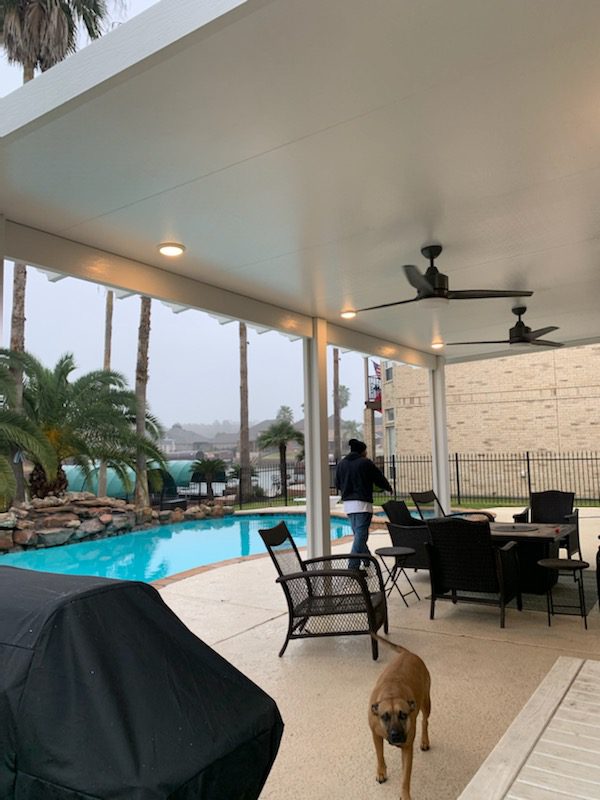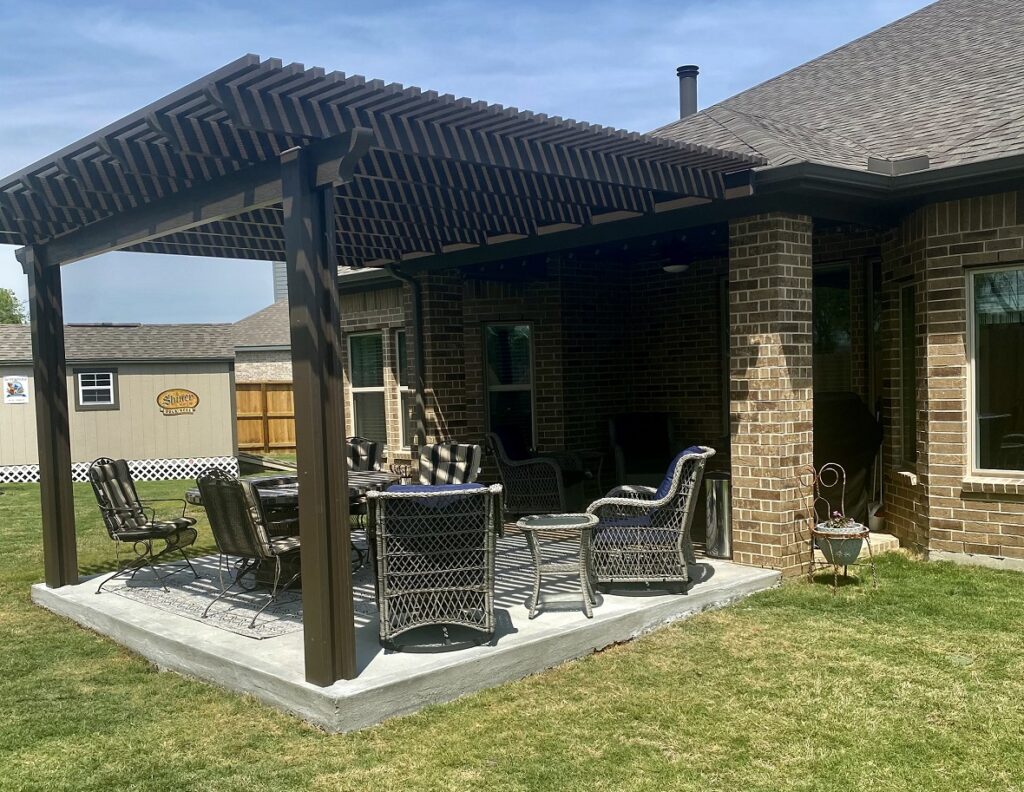The Ultimate Guide for Houston Homeowners
Alumawood vs. Traditional Wood: Making the Right Choice
Explore the key differences between Alumawood and traditional wood to find the best material for your outdoor space.
Understanding Your Options
Why Material Choice Matters
When planning your outdoor structure, selecting the right material is crucial. This guide delves into the pros and cons of Alumawood and traditional wood, helping you make an informed decision that balances aesthetics, cost, and maintenance.
Durability and Maintenance: A Closer Look

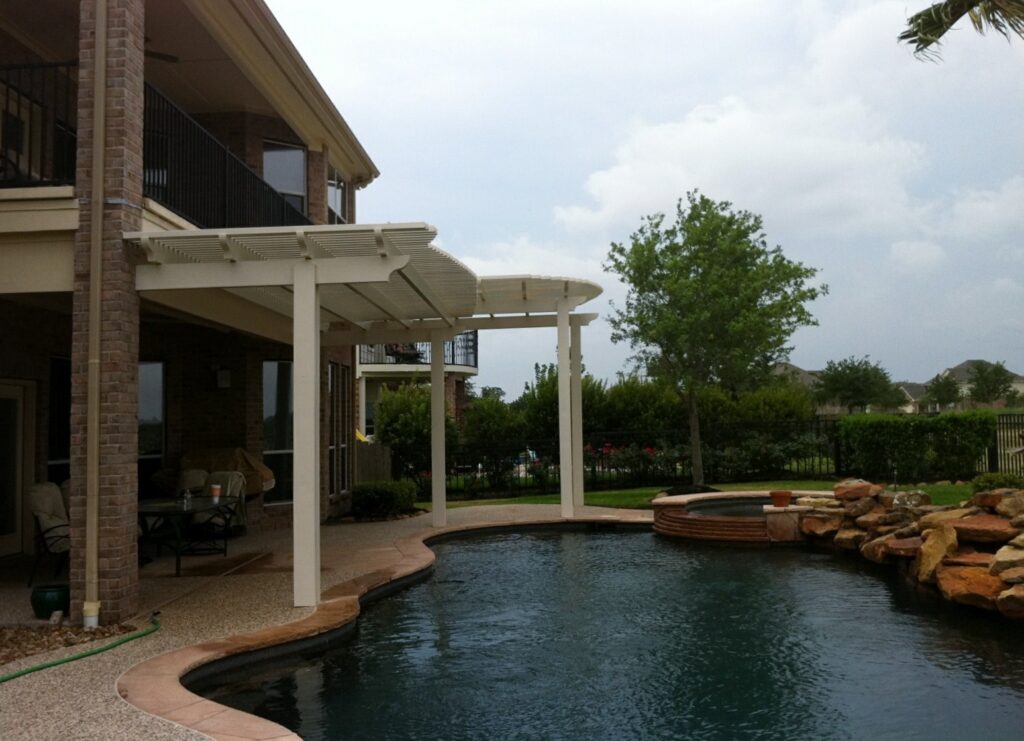
Alumawood offers superior durability with minimal upkeep, resisting rot and pests without the need for regular painting. In contrast, traditional wood, while naturally beautiful, demands frequent maintenance to prevent damage and ensure longevity. Choose wisely based on your lifestyle and maintenance preferences.
Understanding Cost Implications
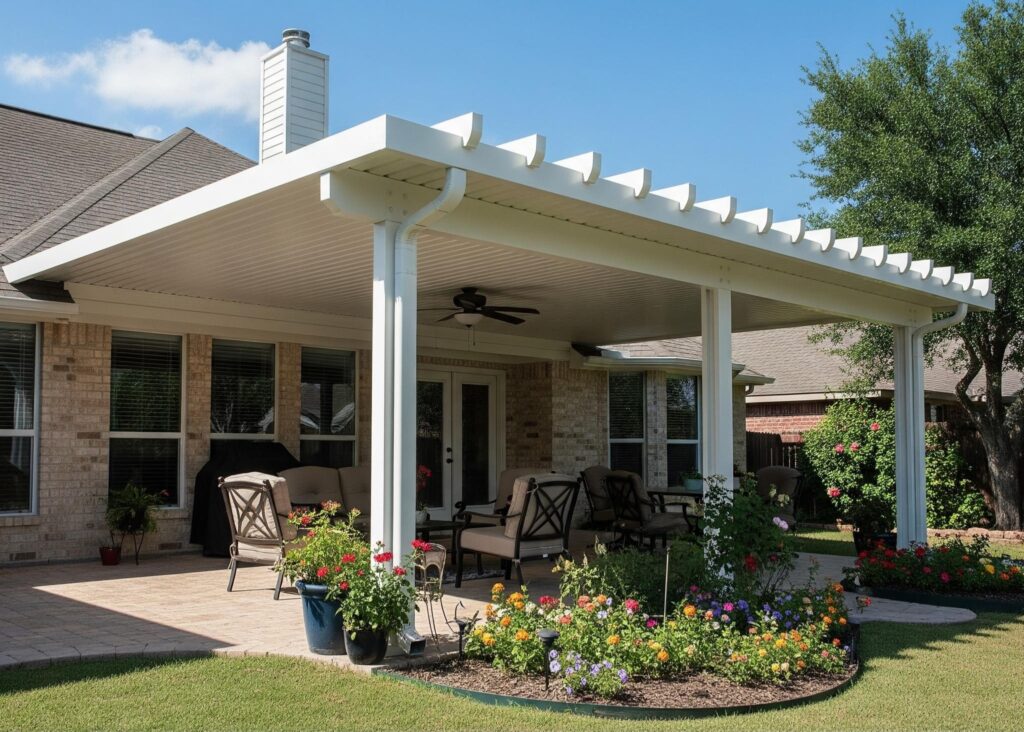

When deciding between Alumawood and traditional wood for your outdoor structure, it’s essential to consider both the initial investment and long-term financial implications. Alumawood typically requires a higher upfront cost due to its advanced manufacturing process and durability. However, its minimal maintenance needs and longevity can lead to significant savings over time. In contrast, traditional wood may be less expensive initially, but the ongoing costs of maintenance, such as sealing, painting, and potential repairs, can accumulate, making it a more costly option in the long run.
Exploring Aesthetic Choices
Visual Appeal and Variety
Alumawood and traditional wood each offer distinct aesthetic qualities that can enhance the beauty of your outdoor space. Alumawood is designed to emulate the appearance of natural wood, available in various colors and finishes that suit different styles. While it captures the look of wood, it lacks the authentic texture and warmth that traditional wood provides. Wood, renowned for its natural beauty, offers a rich, organic feel that can be customized with paint or stain to match any design preference. The choice between these materials depends on whether you prioritize low maintenance or the genuine charm of natural wood.
Environmental Considerations
When evaluating the environmental impact of Alumawood versus traditional wood, sustainability and recyclability are key factors. A patio cover in Houston made of Alumawood is a recyclable material, making it an eco-friendly choice, although the aluminum production process can be energy-intensive. On the other hand, wood is a renewable resource, and when sourced responsibly, it can be a sustainable option. However, the use of certain types of wood may contribute to deforestation, which is a critical environmental concern. Balancing these factors is essential when choosing the right material for your outdoor project.
Installation Process: Alumawood vs. Traditional Wood
When planning your outdoor pergola or other structure, understanding the installation process is crucial. Alumawood offers a straightforward installation, often completed with pre-fabricated kits that include all necessary components. This not only reduces the time required but also minimizes the need for specialized tools. In contrast, traditional wood installations demand more time and expertise. The process involves precise measurements, cutting, and fitting, which can be labor-intensive. While wood allows for customization, it requires skilled craftsmanship to ensure a perfect fit. Consider your timeline and skill level when choosing between these materials.
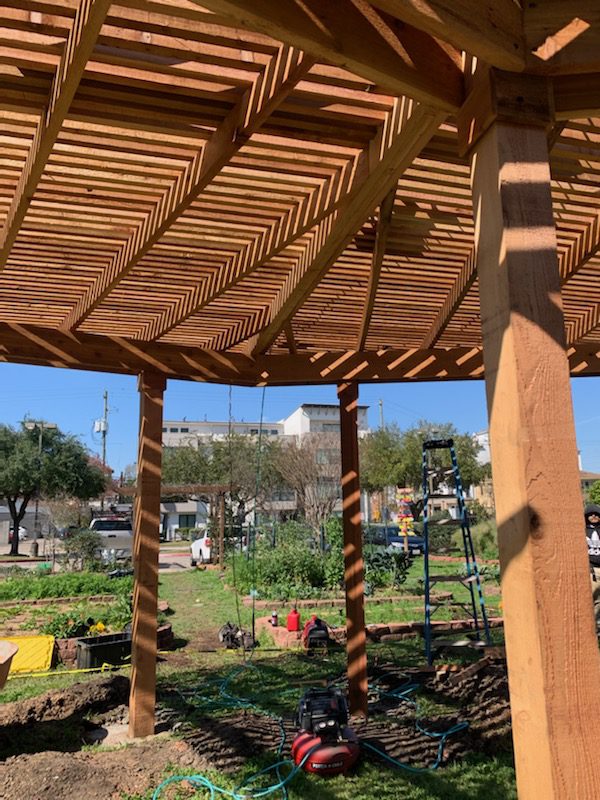
Get Expert Guidance on Your Outdoor Project
Ready to transform your outdoor space? Let the experts at Lone Star Patio Covers & Enclosures guide you in selecting the ideal material for your project. With over 30 years of experience, we offer personalized advice and top-notch installation services. Whether you prefer the low-maintenance appeal of Alumawood or the timeless beauty of traditional wood, our team is here to help. Call us at 281-773-1255 to discuss your options and start planning your dream patio cover today!

